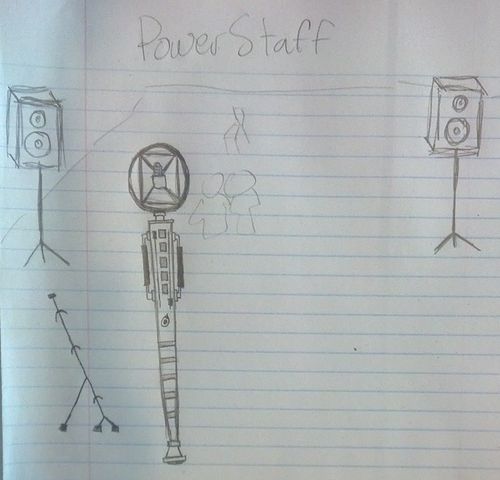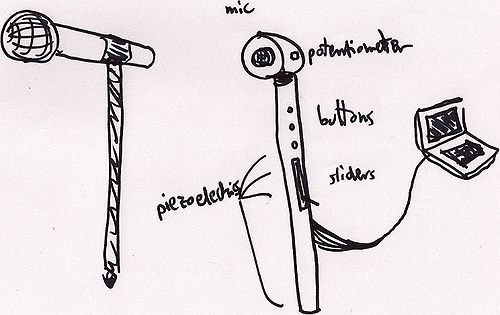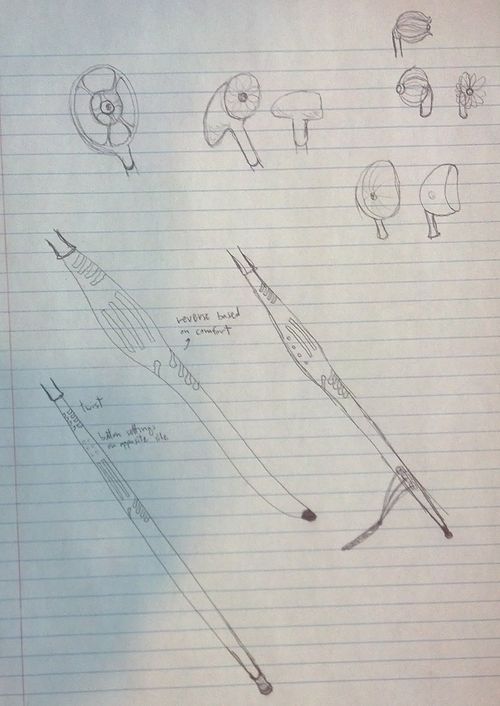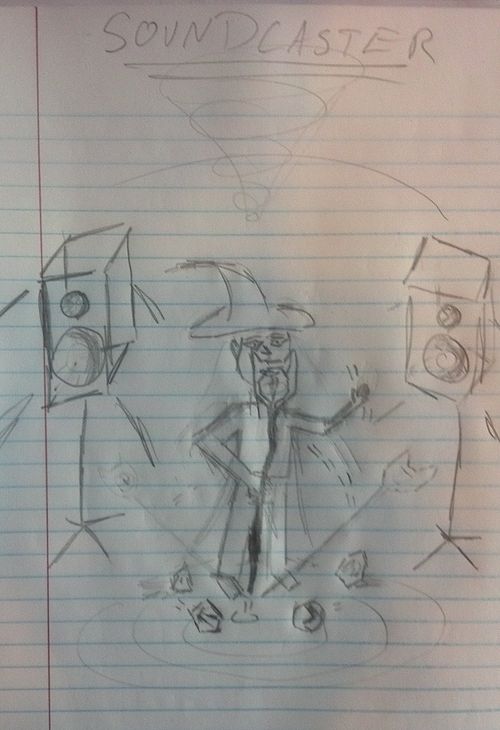Difference between revisions of "Soundcaster"
From CCRMA Wiki
| Line 51: | Line 51: | ||
[http://www.karlax.com/index.php/about-karlax/ Karlax - Tom Mays] | [http://www.karlax.com/index.php/about-karlax/ Karlax - Tom Mays] | ||
| + | |||
| + | [http://www.eigenlabs.com/ Eigenlabs] | ||
[http://indebtfatshortbadteeth.files.wordpress.com/2012/04/you-shall-not-pass1.jpg Ideal product] | [http://indebtfatshortbadteeth.files.wordpress.com/2012/04/you-shall-not-pass1.jpg Ideal product] | ||
Revision as of 22:41, 3 November 2013
Name: SoundCaster
NEED:
1. Mic
2. Staff
- Accelerometer
- Measure tilt angle, which then can be mapped to quantized region in space -> speaker fader
- wood (plastic for prototype?)
3. Panning
- Stereo setup
WANT:
1. Looper
- Voice sample effects: reversal, amplitude modulation, formant filtering...
2. Sound spatialization
- Sample selection and spatial control
- Spatial quantization for region mapping to speakers
3. Buttons for control selection
4. Stomp for effects (massive reverb for instance) - piezo?
- Rubber cap at bottom of staff
5. Gyroscope
NICE TO HAVE:
1. Hand gestures for extra effects (i.e. distortion, extremely gestural distance control) 2. Accelerometer tornado effects 3. More speakers 4. Pressure sensors / soft pots - used in conjunction with original pitch to pitch shift
STEPS:
1. Get mic (build or buy) 2. Makeshift staff (i.e. 2x4, PVC pipe, broom handle, etc.) 3. Tinker with sensors duct-taped to staff to achieve sound design 4. Create sound design (PD): sample and pan
PROJECT SKETCHES
References:



